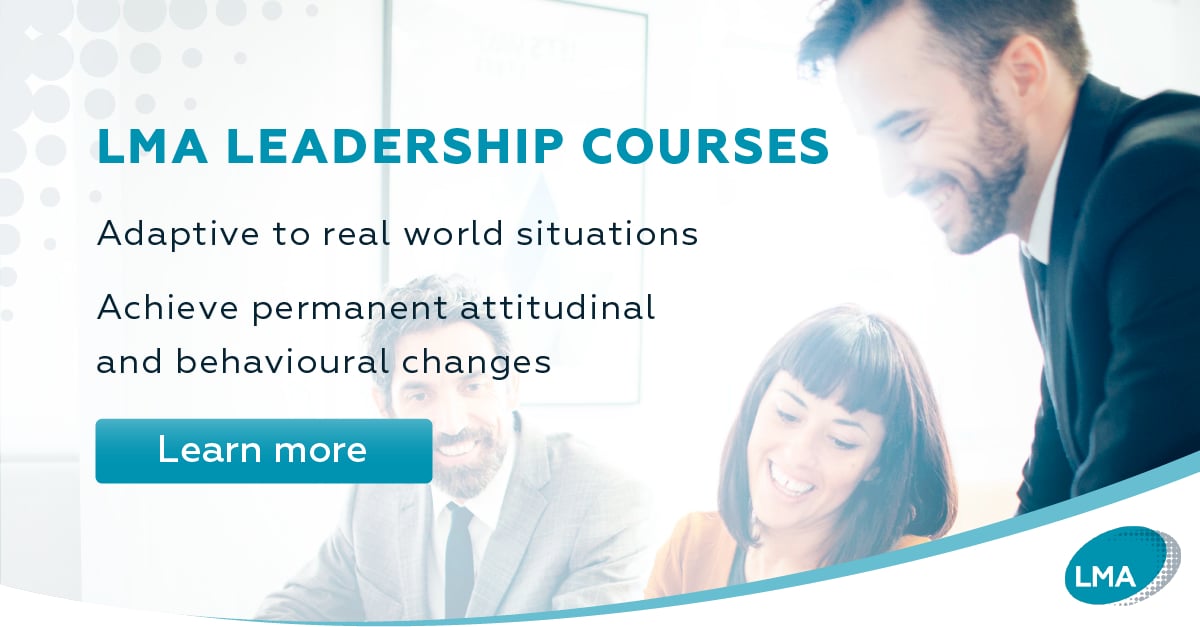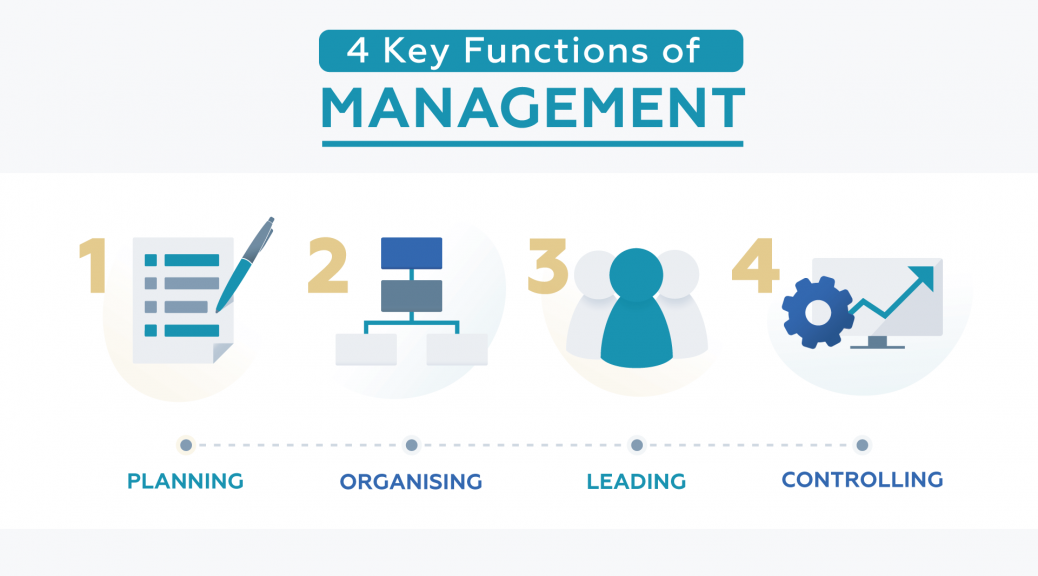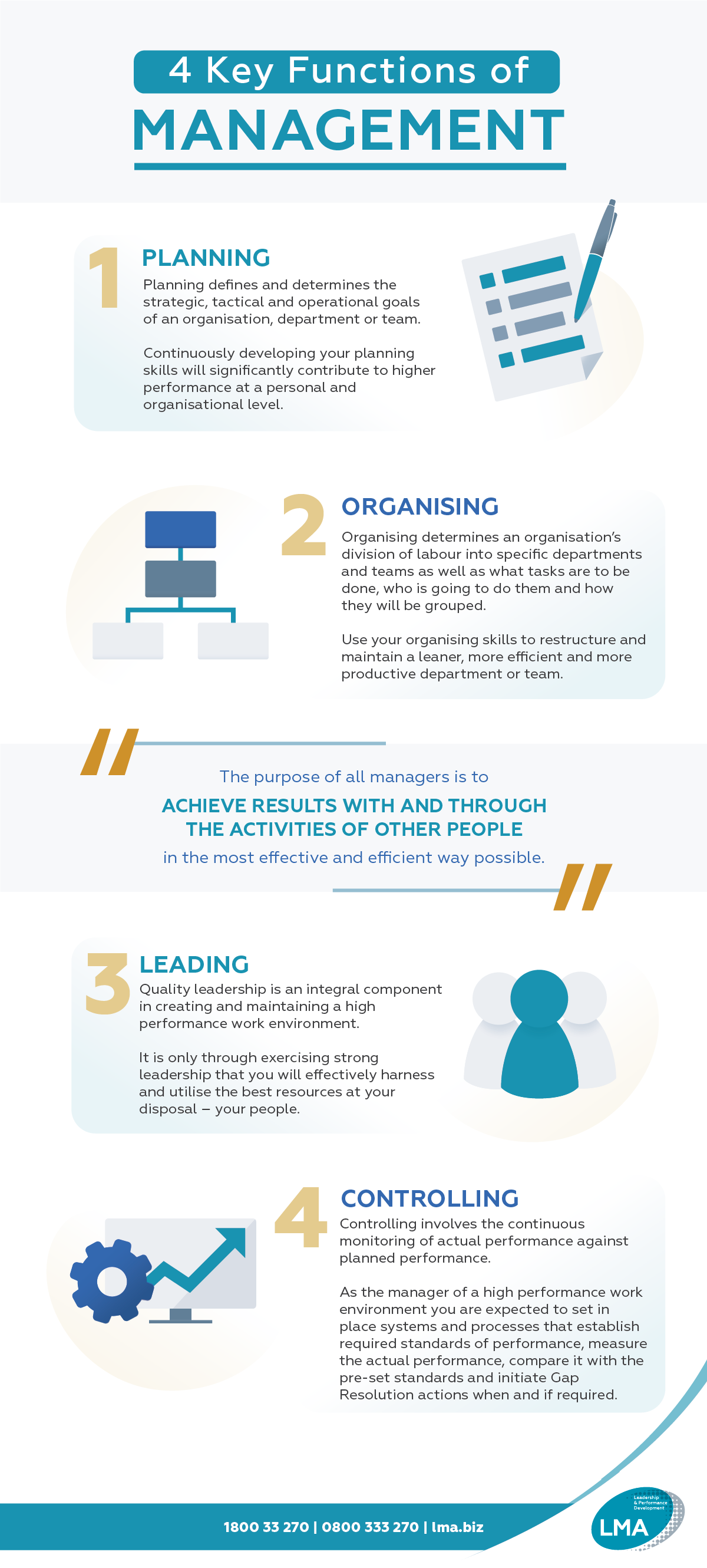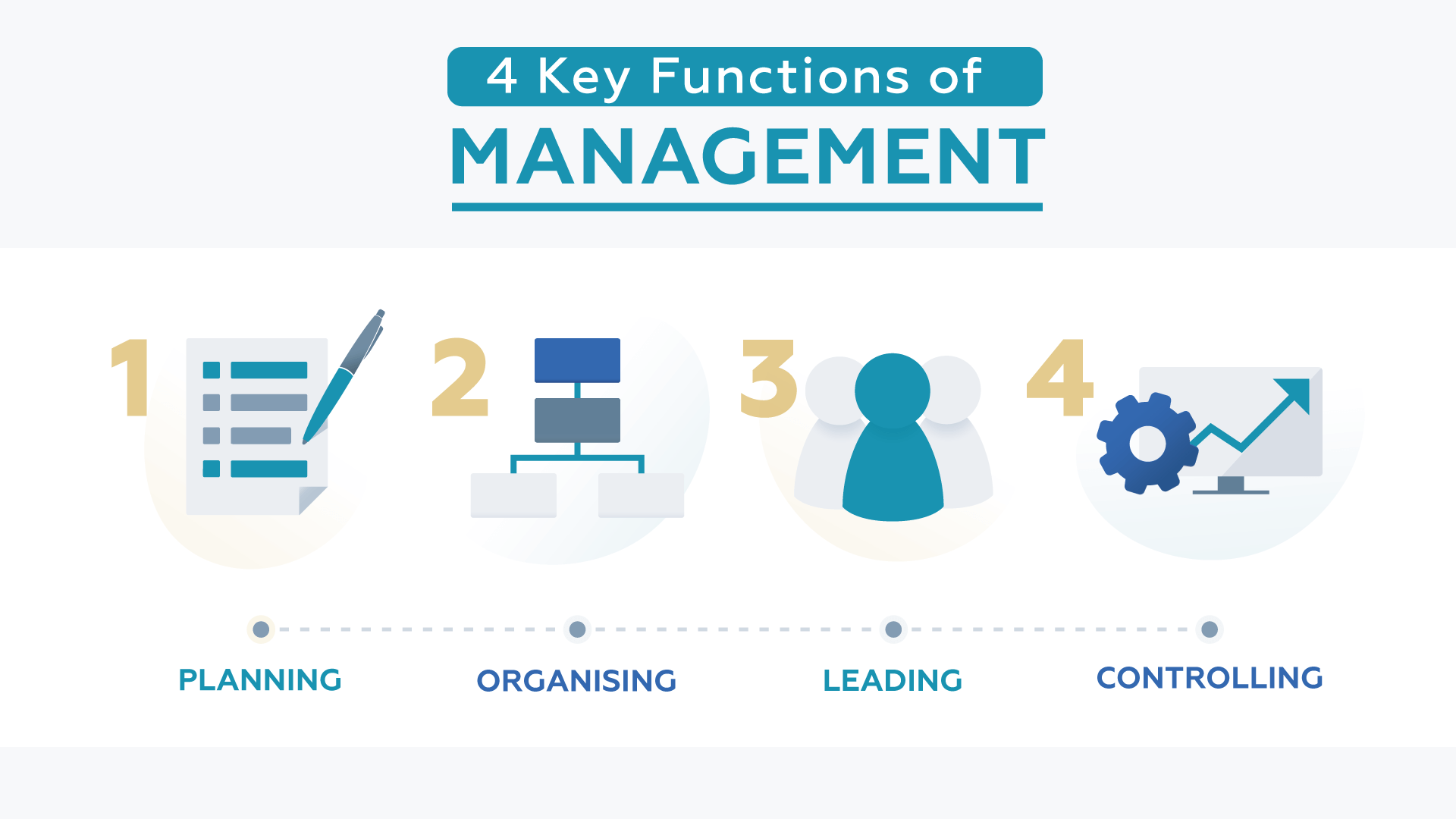Tomorrow’s business environment will be characterized by more complex problems, even faster rates of change, improved technology, increased global competition and the commoditization of most products.
It will become more and more difficult for organisations to develop and maintain a unique advantage over competitors.
To create this competitive advantage, the motivational leader of the future will have to develop in these areas:
 1. Leadership is a relationship
1. Leadership is a relationship
Leadership is about people. You don’t lead things, you lead people. You lead people through the relationship you have with them.
Only when you are able to build positive, trusting relationships with team members will you be able to effectively lead them. You can only develop trusting relationships by spending time with people, interacting, showing your belief and trust in them and sharing experiences.
When you have relationships based on trust and experience, you know you can depend on each other, no matter what the future holds.
 2. Lead through goals and values
2. Lead through goals and values
It is impractical to try to change and control everything people do. When team members know their own and the team goals, and are committed to the organisation’s values, they will almost always act in ways supportive to the organisation.
The key will be the leader’s ability to crystallise and effectively communicate the teams and the organisational goals and values to team members.
 3. Balance work
3. Balance work
Believe in people, train and develop them continuously and give them the opportunity to accept responsibility for significant achievement. Just as devastating as the failure to delegate is overdoing delegation.
Giving too much of your own authority and responsibility to others who are not adequately trained, who do not share your goals, or who are overworked, means that you will soon be out of touch with the operation.
You will lose the insight you need to influence the direction in which the team and the organisation are moving. Avoid this trap by maintaining a written delegation plan that details what you plan to delegate and to whom, supported by a schedule for implementing your plan.
 4. Focus on strength
4. Focus on strength
When people grow, the team and the whole organisation benefits. Everyone has both strengths and weaknesses. The leader’s responsibility is to put team members in the right role to best utilise their unique talents and abilities whilst upskilling them for further growth.
 5. Multiply your leadership
5. Multiply your leadership
Make yourself available for new assignments and increased responsibilities. If you are already at the top, developing someone to take over is even more important. The ultimate measurement of a leader’s success is how many other leaders they have developed.
Organisations succeed in direct proportion to the number of leaders they have. With only one or a few top leaders, organisations must resort to a hierarchical bureaucratic structure to manage and control the actions of employees.
This structure is destined to fail in a fast-paced, ever-changing and competitive business world. The ideal goal is to develop everyone into a leader. Every employee can develop their own personal leadership abilities.
Study people, learn their strengths, their personal goals and their desires. Then give them opportunities to develop new abilities and learn new skills that will make them more valuable as team members and more fulfilled as individuals.
Become the leader who develops leaders.
Explore Our Leadership Courses
Explore our Leadership & Management Courses today, and see our upcoming course dates and locations in our current course schedule.




 1. Planning
1. Planning 2. Organising
2. Organising 3. Leading
3. Leading 4. Controlling
4. Controlling











